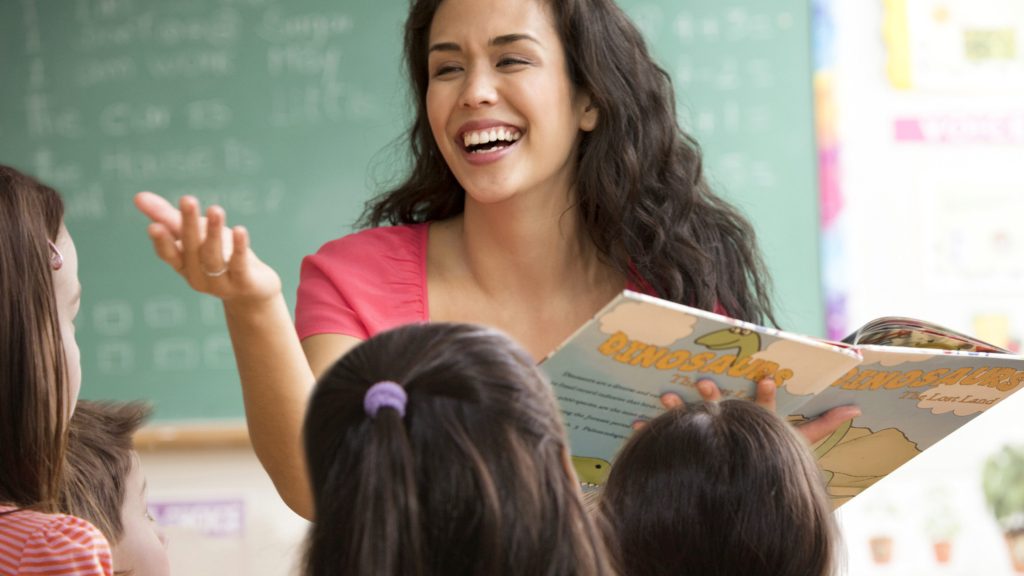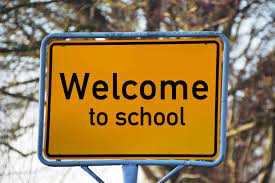Introduction:
In today’s information-driven world, finding accurate and relevant information is critical for anyone looking to efficiently navigate the internet. Traditional search engines have been a boon to researchers, students, educators, and everyday users alike. However, the advent of Academicsltd.co.uk has revolutionized the landscape of search engine technology by providing high-quality search results powered by academic scholars. In this article, we will explore the benefits offered by this innovative approach to search engines and the impact on web users across the globe.
The Power of Academic Expertise:
What sets Academicsltd.co.uk apart from other search engines is its unique collaboration with academics who have expertise in a wide array of disciplines. These scholars lend their knowledge and understanding to curating search results that are not only accurate but also deeply relevant to the user’s inquiry.
Academic-Powered Algorithm:
The inclusion of academic experts in the development process has allowed Academicsltd.co.uk to create a powerful algorithm that continuously refines and improves upon itself. The more it is used, the better it becomes at providing precise, pertinent results tailored to individual searches. Users can expect a higher caliber of search results as opposed to those provided by traditional search engines.
Emphasis on Credible Sources:
While traditional search engines may prioritize popular or commercially successful websites in their listings, Academicsltd.co.uk places a strong emphasis on ensuring that its search results are derived from credible and trustworthy sources. This means that users can rely on the information they find through this platform without having to worry about falling prey to fake news or fraudulent websites.
Catering to a Wide Range of Disciplines:
Regardless of an individual’s field of interest or specialization, Academicsltd.co.uk has something for everyone. From hard sciences like physics or chemistry to social sciences such as psychology or sociology, users have access to information that is pertinent and up-to-date across a diverse range of subjects. This makes Academicsltd.co.uk the perfect tool for people from all walks of life, whether they are students, educators, professionals, or simply curious individuals looking to explore new topics.
Conclusion:
Academicsltd.co.uk represents a groundbreaking tool in the world of internet search engines. By relying on a network of academic scholars to power its algorithm, the platform delivers high-quality results that are both accurate and immediately relevant to the user’s inquiry. As more people become aware of the outstanding benefits that Academicsltd.co.uk brings to the table, we can expect to see a significant transformation in the way individuals gather and process information online.











